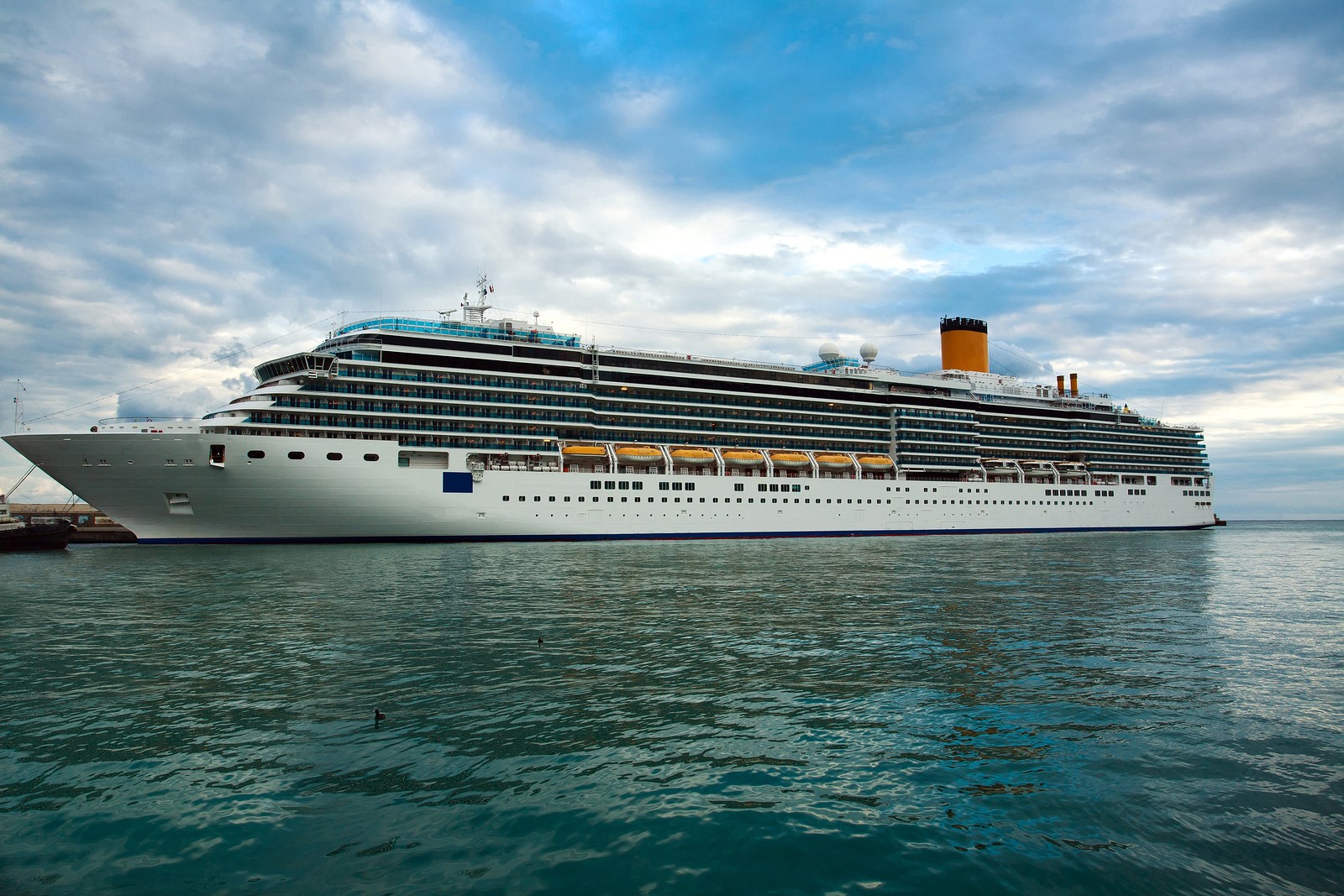Numerous civilizations have made extensive use of brass for thousands of years. Thanks to modern technology, the intrinsic properties of brass have been further enhanced to produce marine parts, tubing systems, and firearm cartridge casings, among other things.
A copper alloy, brass is produced by melting copper and combining it with zinc ores. The resulting alloy is harder and stronger than copper, its primary material, yet still malleable enough to be shaped into different products. Brass also has good heat conductivity and is highly recyclable, properties that help ensure brass sales will continue to grow for years to come.
Brass for Marine Applications
In the naval industry, brass is valued for its unmatched resistance to seawater corrosion. To suit marine environments, small amounts of other elements are added to brass to boost its performance, mostly for better corrosion resistance and durability. Higher zinc content, for instance, increases the alloy’s strength, while tin and arsenic improve its resistance against dezincification, a normal corrosive reaction in seawater.
Naval brass can generally be classified into two groups: alpha brass and alpha-beta brass. The former only has a single alpha phase structure with around 37% zinc, while the latter has both alpha and beta forms, with the beta part consisting of about 37.5% zinc.
Alpha brass is mostly used for wrought metalwork, which includes instrumentation lines and the hydraulic controls of marine systems. This type of brass easily cracks under extreme heat but performs well during marine exploration activities.
Meanwhile, the alpha-beta metals with a general composition of 40% zinc and 60% copper are highly suitable for processes that involve intense heat. Also referred to as hot working, the process has to do with deforming, forging, or extruding the metal beyond its recrystallization conditions. In this phase, the metal produces fresh new crystal grains even while being deformed, thereby keeping the product’s ductility high.
Naval brass is an example of a hot worked duplex alloy reinforced with tin and zinc to enhance its anti-corrosive properties, particularly for tube sheets in heat exchangers. Other ship parts that undergo hot working include marine hardware and propellers.
When looking for brass products suitable for use under seawater, it’s best to consult established copper and brass distributors such as Rotax Metals that offer a wide array of shape and sizing options.
Sources:
Brass, Madehow.com
Copper Alloys for Marine Environments, Copper.org


